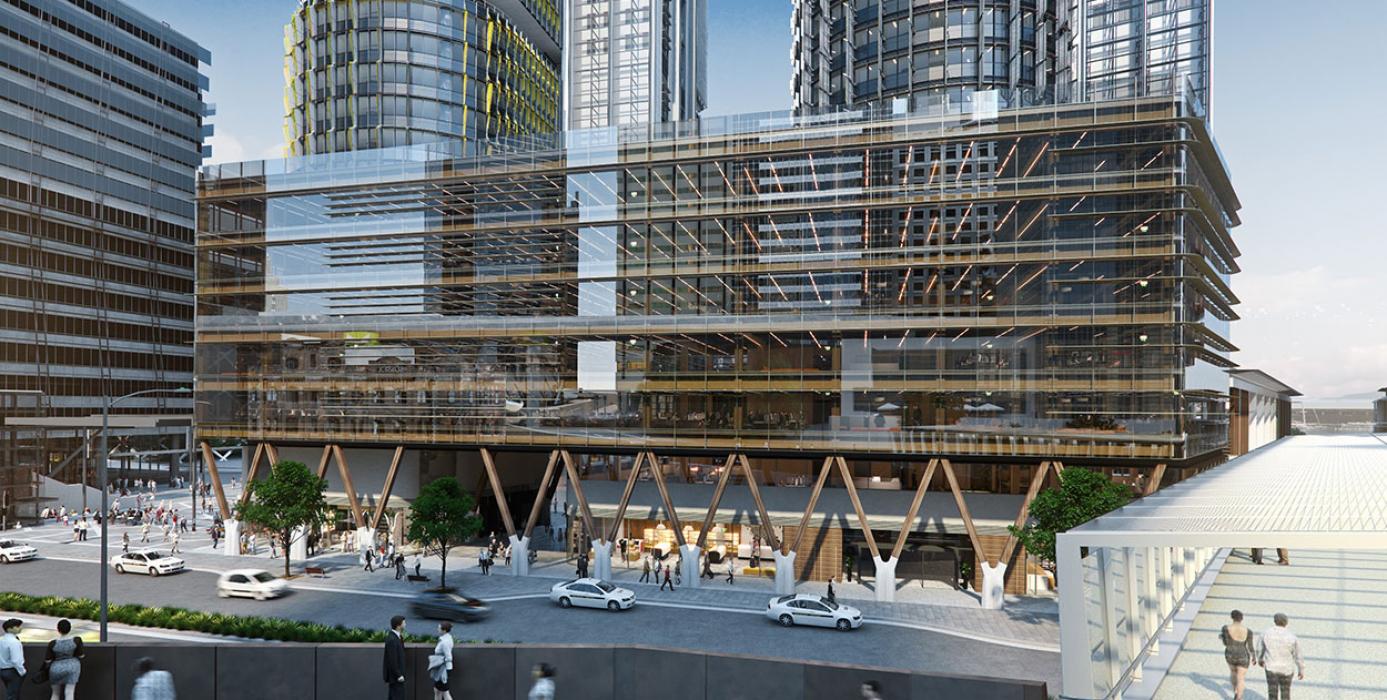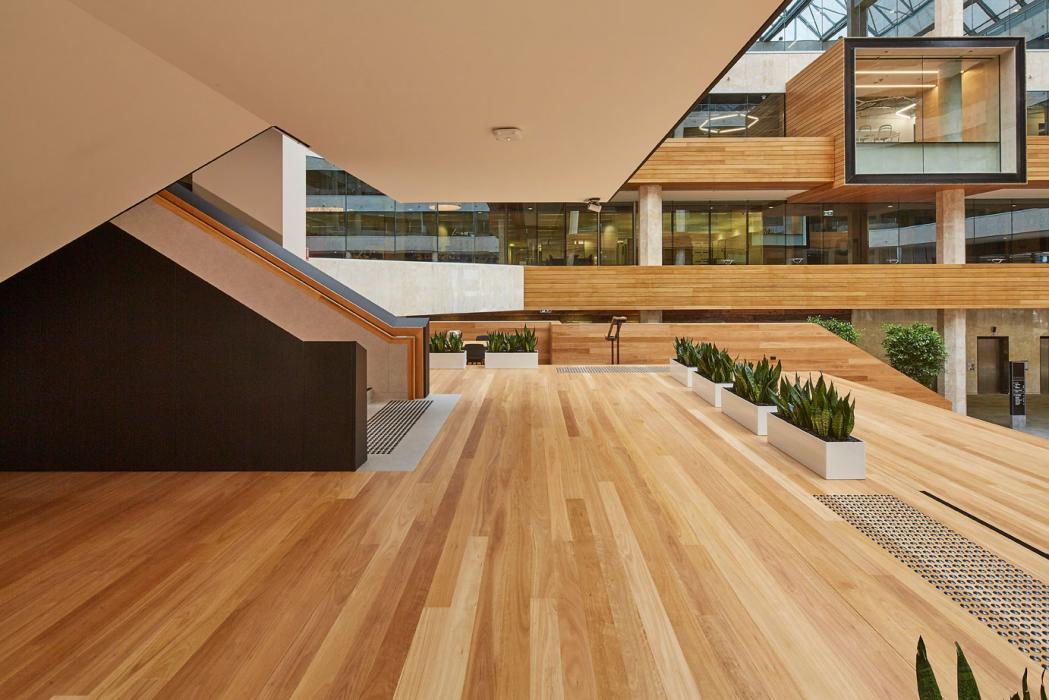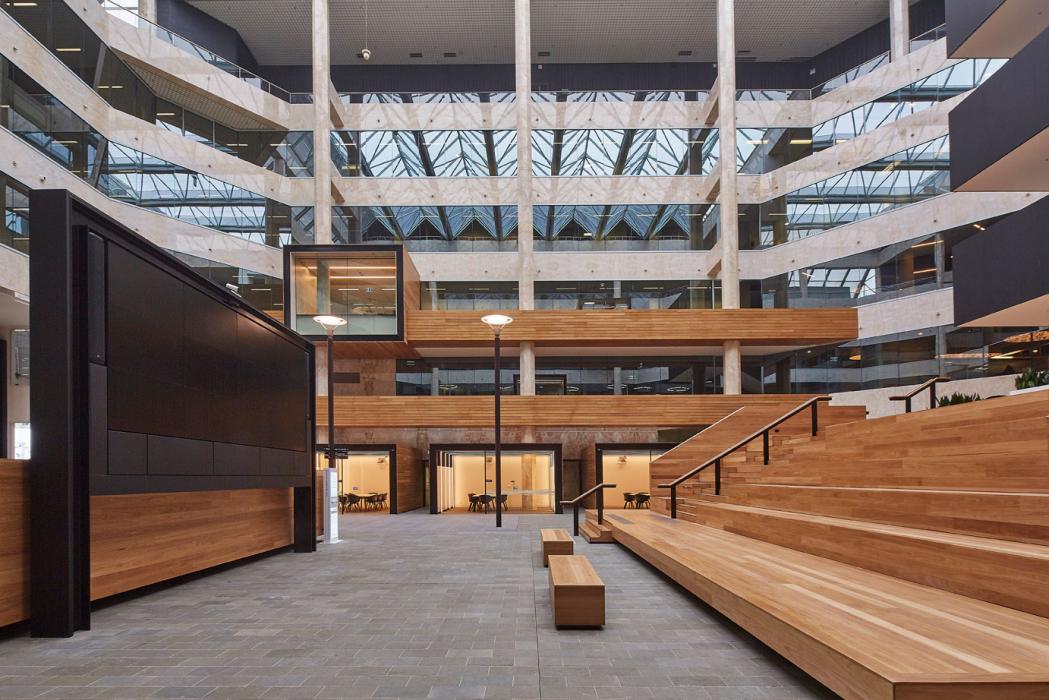Shaping a healthier breed of buildings
The Sydney CBD is Australia’s largest office market and the home headquarters of many top listed companies. The past 12 months has seen the addition of 119,300 square metres of prime space, plus the withdrawal of 67,400 square metres of secondary stock for alternative redevelopment. The result is a shift in market dynamics creating fierce competition for space coupled with upward pressure on rents. Owners are forced to assess the viability of their buildings if they want them to stay tenanted.



With the unprecedented volume of new A grade space in the Sydney market, many large tenants have relocated. This has provided both an opportunity and a need for landlords of older stock to upgrade in order to secure quality tenants and lift yields.
Building Wellness programs are one response that building owners and operators are employing to win over tenants. It’s triggered in part, by the introduction of the WELL Building Standard, but is also a result of an increasing focus on healthy living.
WELL Standard
The WELL Building Standard is the latest global rating tool, designed to advance health and wellbeing in our offices. Although currently a US import, it’s in the process of being localised by Lend Lease and the Green Building Council of Australia. That’s not to say we haven’t embraced its benefits. Australia’s first leading edge environmentally friendly WELL certified building was unveiled at 200 George Street earlier this month.
Wellness is not something a building owner can achieve in isolation. It’s a complicated process of evaluation and takes both structural and operational features into account, from the type of filtration used for the building’s outdoor air supply through to employee business travel policy.
Northrop is currently implementing a Silver WELL certification for a Sydney-based educational facility. Given that children spend much of their formative years in classrooms, it’s important that these spaces promote their healthy development and comfort. Better air quality, promoting water over sugary drinks, encouraging active transport choices, and educating kids about overall wellbeing can all improve health and educational outcomes.
In instances where the tenant is unknown, or unsure about WELL, the landlord may prepare the building to achieve WELL ‘Core and Shell Compliance’. It’s an assessment of the base building systems and capabilities and makes it easier to achieve full certification later.
Wellness Initiatives
Wellness centres and programs are springing up at a rate of knots, and here at Northrop, we’ve embraced them. Programs that offer structured lunchtime exercise, social events or support are some of the best ways for a building manager or owner to interact with tenants. Improving their happiness and productivity is also likely to increase occupancy rates.
Wellness initiatives can also help to open a dialogue with tenants. In our case, we allowed our building owner, ISPT to talk openly about the building refurbishments that were occurring. The provision of lunchtime Pilates and Yoga helped to smooth over employee concerns about access.
Amenity in buildings
Gone are the days when building amenities were simply a kitchen and bathroom. Nowadays, amenities extend to cafés, wellness centres, concierge services and end-of-trip facilities. These conveniences are designed to improve the relationship between the tenant and building management and support a healthy lifestyle both inside the office and out. Amenities like bicycle parking and showers enable building owners to encourage active transport to and from work. Plus tenants may use these facilities to exercise or play sport at lunchtime.
Northrop is regularly asked to make physical building improvements such as end-of-trip amenities. However we’re receiving increasing requests for other wellness features that are less visible. It could mean checking that lifts have mobile reception, that each floor has fibre to the tenancy NBN access, or that lights improve melatonin production.
Sustainability
We used to think of sustainability as only environmentally related, but it’s now far broader. We are looking at social sustainability. How can we create communities, how can we create engagement and how can we create healthy and collaborative work environments?
Northrop’s civil and sustainability team was recently asked to incorporate best practice concepts for a new precinct development in Melrose Park. We included water-efficient appliances, insulation and glazing, energy systems and power supply. We also looked at providing community gardens, installing barbeque facilities to promote social gatherings, and interactive facades to help drive people to common areas. We’re now looking at how we can acquire energy instead of just making the buildings more efficient.
